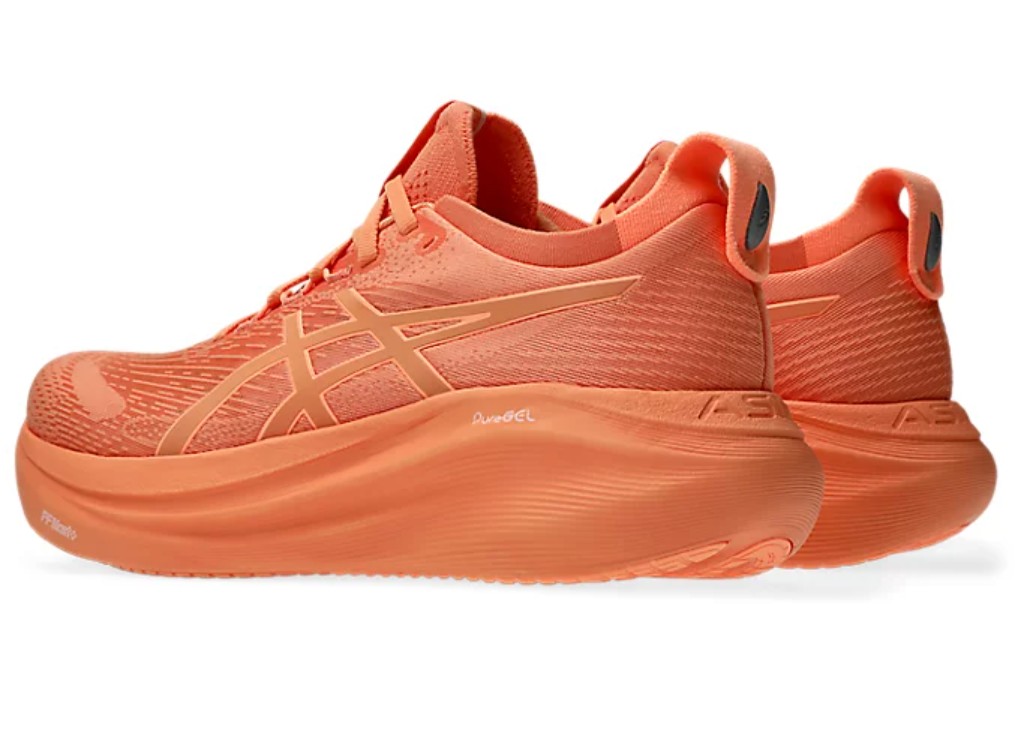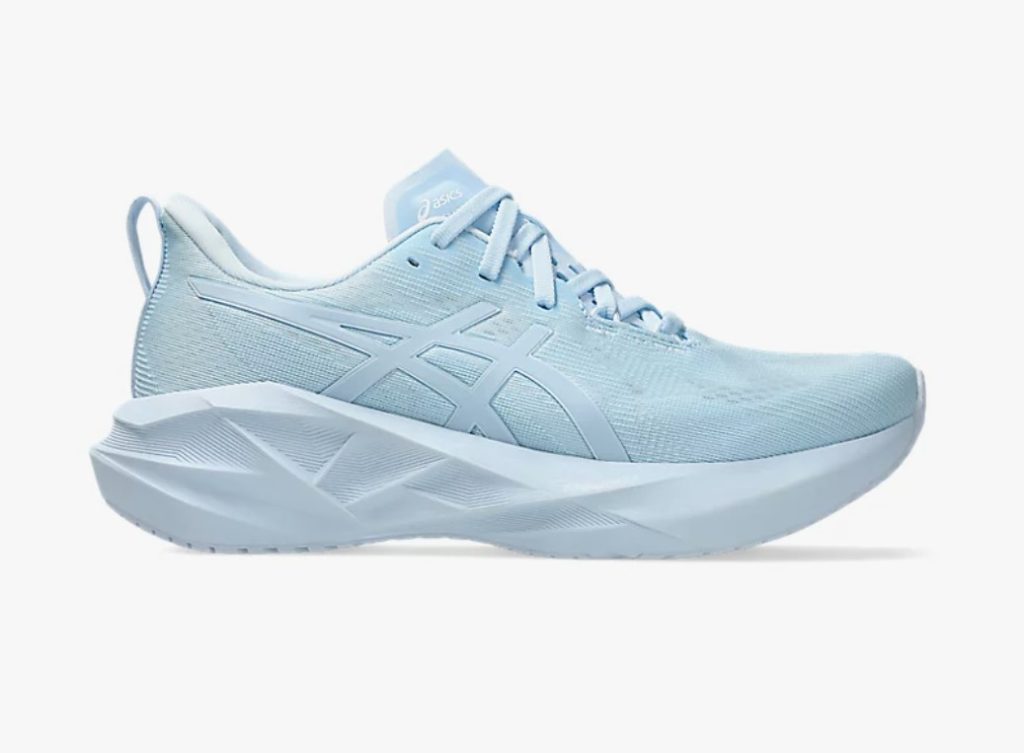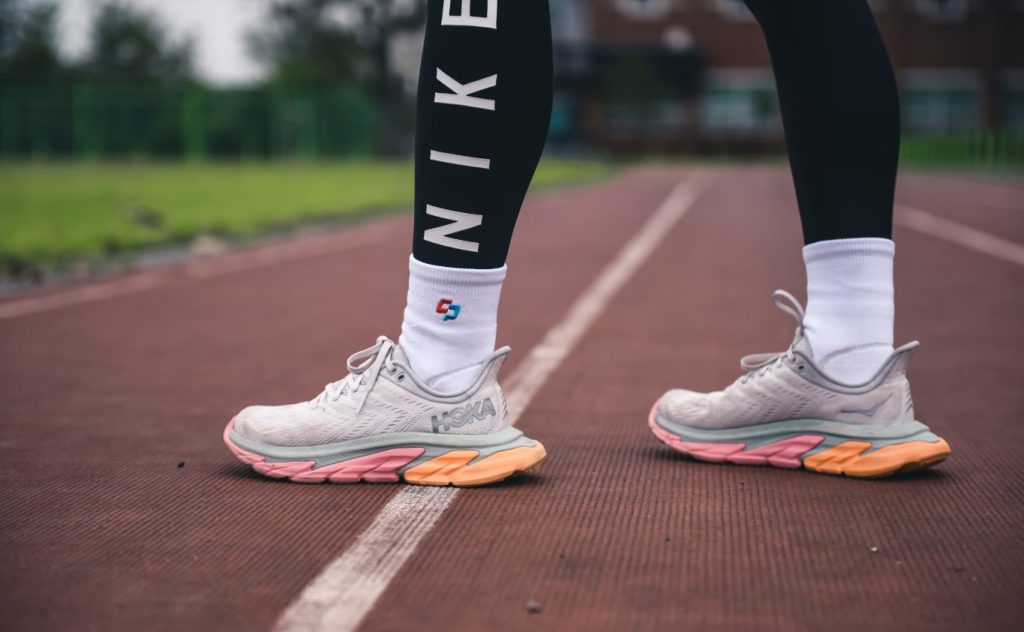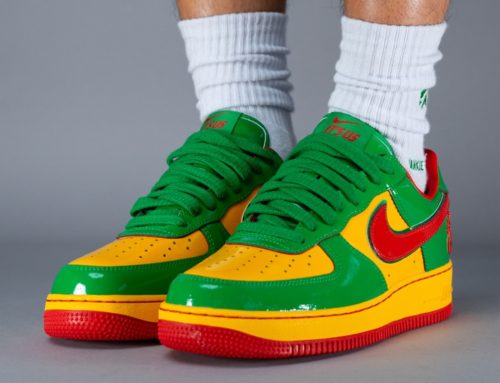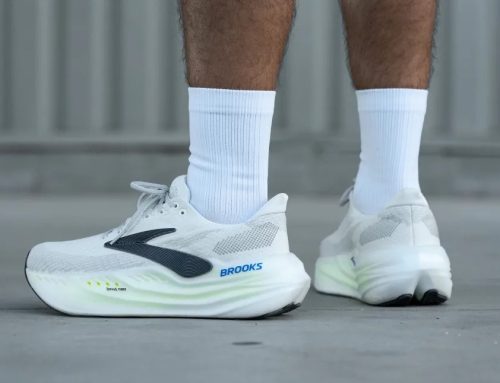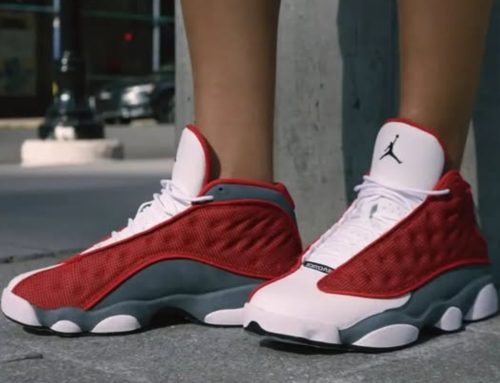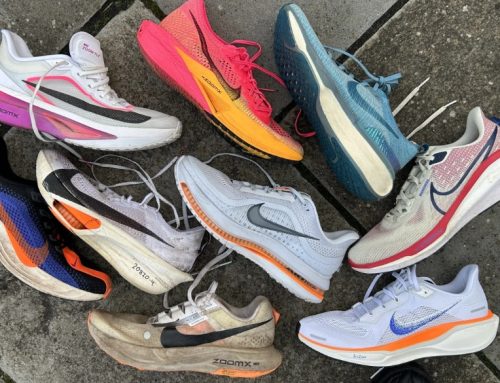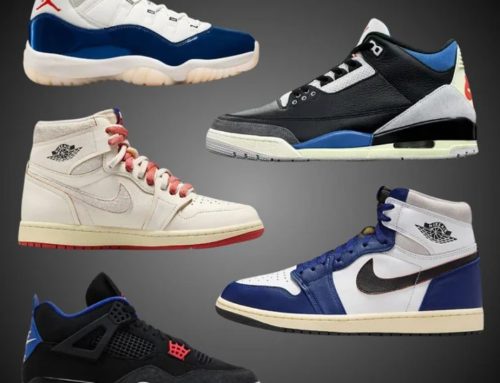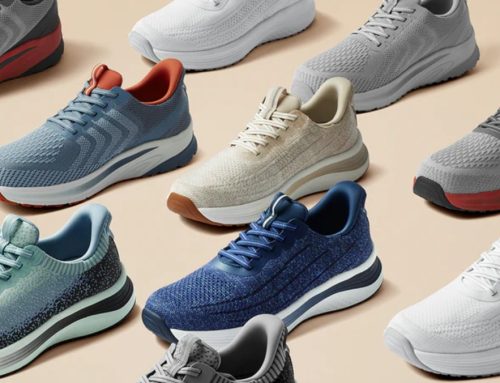As a running enthusiast who’s tested hundreds of shoes over the past decade, I’ve encountered countless runners struggling with underpronation. Finding the right footwear for supination isn’t just about comfort—it’s about preventing injuries and enhancing performance. In this comprehensive guide, I’ll share the best shoes for underpronation based on extensive testing, biomechanical research, and real-world performance.
Underpronators need specific shoe features to support their unique gait pattern. After analyzing the latest models and putting them through rigorous testing, I’ve identified the top performers that deliver exceptional cushioning, stability, and durability for supinators.
What is Underpronation (Supination)?
Before diving into our top picks, it’s important to understand what underpronation actually means. Underpronation, also called supination, occurs when the foot doesn’t roll inward enough during your stride. Instead, the outer edge of your foot bears most of the impact, resulting in less shock absorption and potentially leading to issues like shin splints, plantar fasciitis, and IT band syndrome.
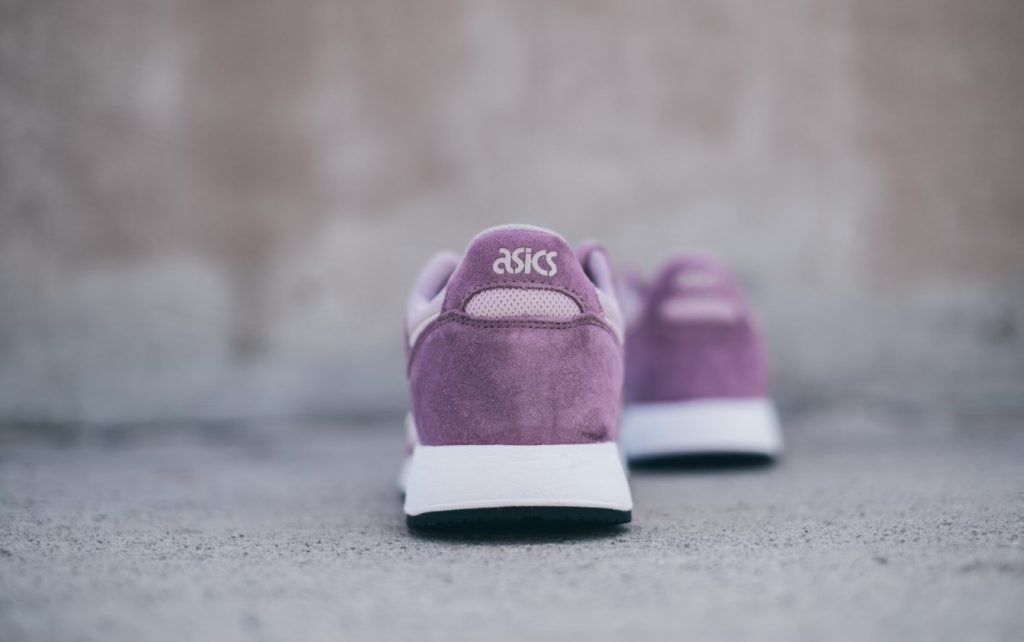
Key characteristics of underpronation include:
- Excessive wear on the outer edge of shoes
- High, rigid arches
- Limited inward foot roll during stride
- Increased risk of ankle sprains and stress fractures
Unlike overpronation, which has numerous stability shoes designed specifically to address it, underpronation requires a different approach—focusing on cushioning, flexibility, and a neutral platform that doesn’t further restrict natural foot motion.
What to Look for in Shoes for Underpronation
When shopping for shoes as an underpronator, focus on these essential features:
- Enhanced Cushioning: Look for generous midsole cushioning to absorb impact, especially in the forefoot and heel areas.
- Neutral Design: Avoid stability shoes with medial posts that further restrict inward motion.
- Flexible Construction: Shoes with good flexibility allow natural foot movement and promote proper pronation.
- Wide Base: A broader platform provides stability and encourages more even weight distribution.
- Durable Outer Sole: Since underpronators experience increased wear on the lateral side, reinforced outsoles extend shoe life.
5 Best Shoes for Underpronation in 2025
After extensive testing, these models stand out as the best shoes for underpronation currently available:
1. ASICS Gel Nimbus 27 – Best Overall Comfort
The ASICS Gel Nimbus 27 continues to be a gold standard for underpronators seeking maximum cushioning and comfort.
Key Specifications:
- Weight: 10.5 oz (299g) for men’s, 9.1 oz for women’s
- Stack Height: 42.7mm heel / 34.4mm forefoot
- Heel-to-Toe Drop: 8.3mm
- Midsole: FF BLAST+ cushioning with PureGEL technology
- Upper: Engineered mesh with improved breathability
Key Features:
- PureGEL technology in the heel and forefoot absorbs impact effectively
- FF BLAST+ midsole provides responsive cushioning through the entire gait cycle
- Wider base than previous versions enhances stability
- Neutral support allows natural foot motion
- Redesigned upper offers a more accommodating fit in the forefoot
Pros:
- Exceptional cushioning for long-distance comfort
- Excellent shock absorption for high-impact protection
- Breathable upper prevents overheating
- Improved forefoot room for toe splay
- Durable outsole with strategic reinforcement in high-wear areas
Cons:
- Slightly heavier than some competing models
- Premium price point ($165)
- May feel too plush for runners seeking ground feel
The Gel Nimbus 27 excels by providing the cushioning underpronators need without restricting natural foot movement. The neutral platform and enhanced lateral support make it ideal for runners with supination who need reliability for both daily training and long runs.
2. ASICS Novablast 5 – Most Versatile
The ASICS Novablast 5 delivers an exceptional balance of cushioning, responsiveness, and versatility that works wonderfully for underpronators.
Key Specifications:
- Weight: 9.0 oz (254g) for men’s, 7.8 oz for women’s
- Stack Height: 40.9mm heel / 33.5mm forefoot
- Heel-to-Toe Drop: 7.4mm
- Midsole: FF BLAST MAX foam
- Upper: Engineered mesh with improved structure
Key Features:
- FF BLAST MAX foam provides soft yet responsive cushioning
- Geometric midsole design encourages smooth transitions
- Wide platform offers inherent stability without medial posts
- Rocker geometry assists with forward propulsion
- Engineered mesh upper with strategic reinforcement
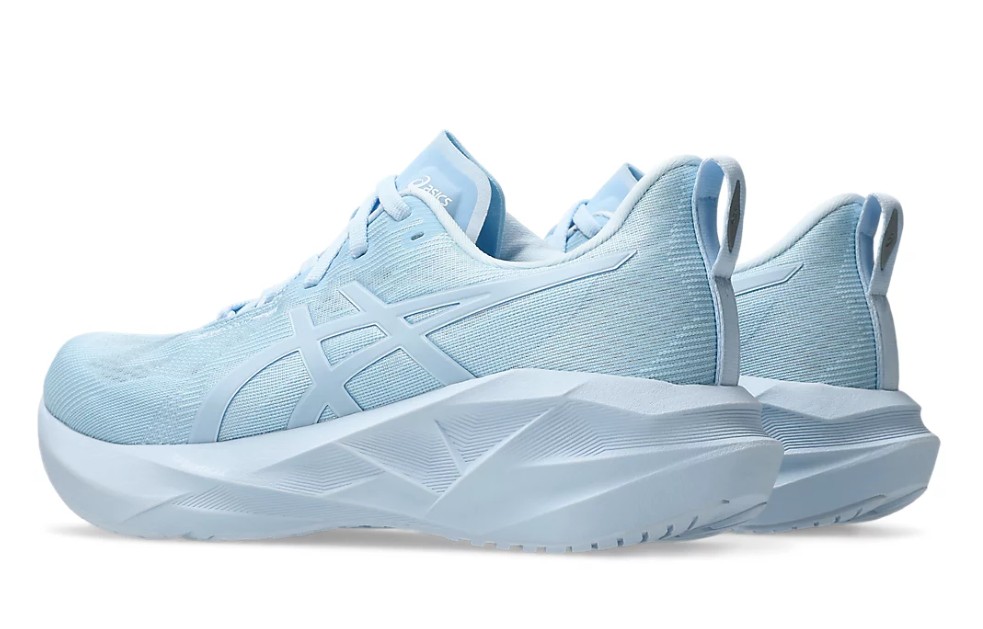
Pros:
- Exceptional energy return for responsive performance
- Versatile enough for daily runs, tempo workouts, and long distances
- Significantly lighter than similar cushioned models
- Enhanced flexibility for natural foot movement
- Accommodating fit for wider feet
Cons:
- Outsole grip could be improved on wet surfaces
- Upper durability concerns with extended use
- Some runners may find the cushioning too soft
The Novablast 5 represents a new generation of highly versatile cushioned shoes that provide everything underpronators need while remaining light and responsive enough for faster-paced running.
3. New Balance Fresh Foam 1080v14 – Best Cushioning
New Balance has refined their premium cushioned trainer with the 1080v14, making it an excellent option for underpronators seeking plush comfort.
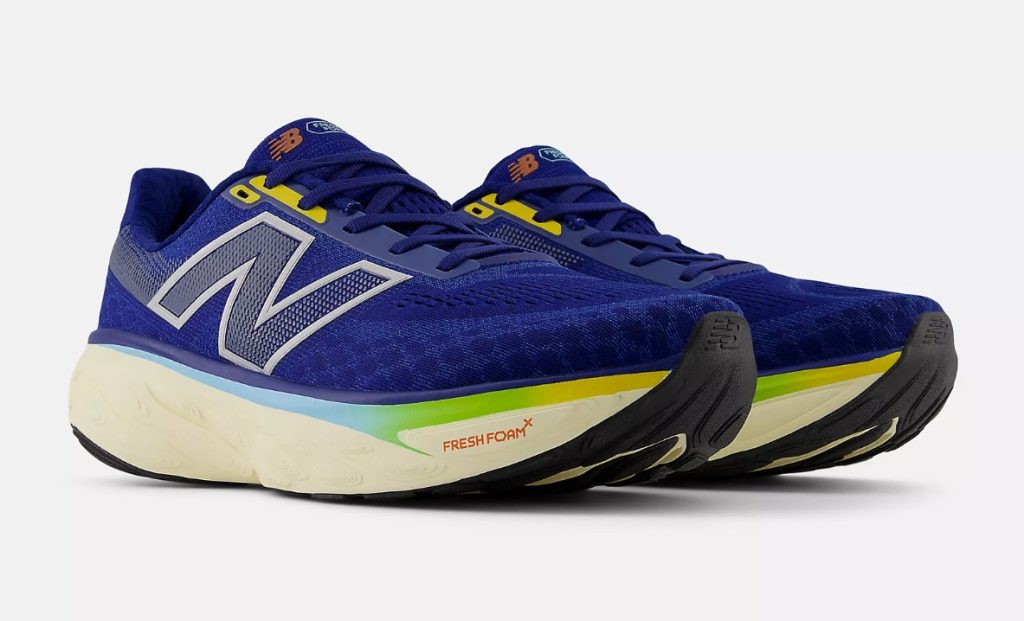
Key Specifications:
- Weight: 9.8 oz (278g) for men’s, 8.3 oz for women’s
- Stack Height: 34mm heel / 26mm forefoot (estimated)
- Heel-to-Toe Drop: 8mm
- Midsole: Reformulated Fresh Foam X
- Upper: Hypoknit with strategic stretch zones
Key Features:
- Reformulated Fresh Foam X midsole provides softer, more responsive cushioning
- Fuller forefoot design encourages natural transition
- Non-prescriptive cushioning allows natural foot motion
- Enhanced rocker geometry for smooth transitions
- Hypoknit upper combines zones of stretch and stability
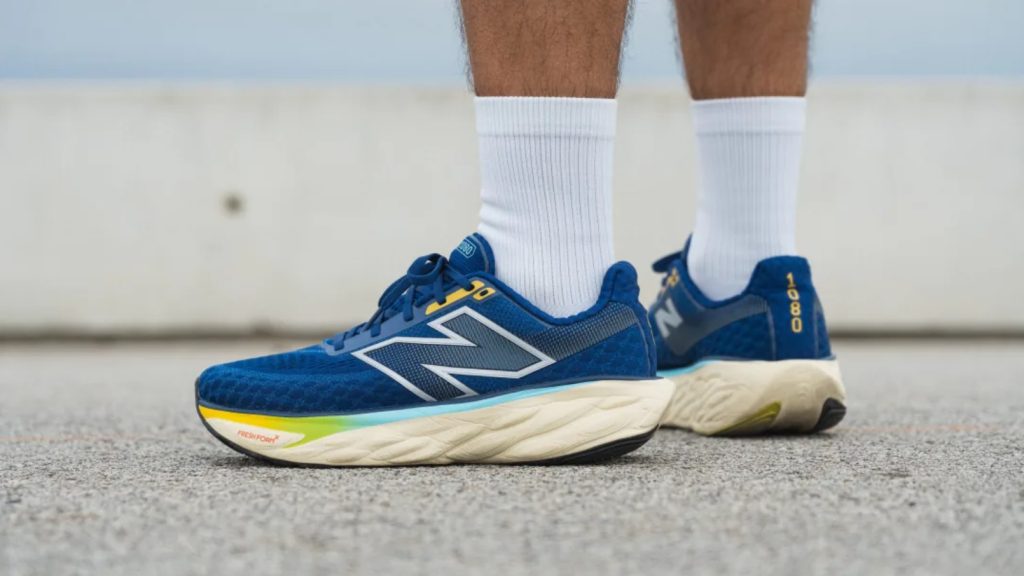
Pros:
- Exceptionally soft and bouncy ride
- Accommodating fit with multiple width options (narrow to extra-wide)
- Excellent for recovery runs and long distances
- Good durability for a cushioned shoe
- Responsive despite plush feel
Cons:
- Slightly narrower forefoot than previous versions
- Upper runs warm in hot conditions
- Heel spring is higher than before, affecting heel landings
The Fresh Foam 1080v14 excels for underpronators by providing plush, non-prescriptive cushioning that doesn’t interfere with natural foot mechanics while offering exceptional impact protection on longer runs.
4. Hoka Clifton 10 – Best for Recovery Runs
The Hoka Clifton 10 offers maximum cushioning in a surprisingly lightweight package, making it ideal for underpronators seeking impact protection.
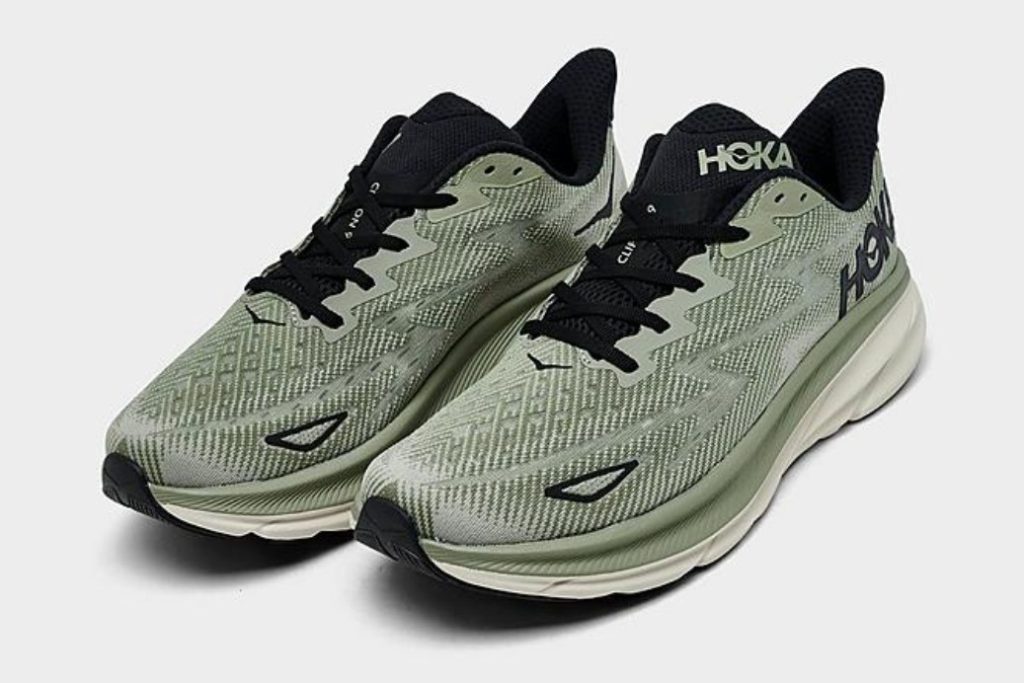
Key Specifications:
- Weight: 8.7 oz (247g) for men’s, 7.3 oz for women’s
- Stack Height: 32mm heel / 27mm forefoot
- Heel-to-Toe Drop: 5mm
- Midsole: Compression-molded EVA
- Upper: Engineered mesh with minimal overlays
Key Features:
- Thick EVA midsole provides exceptional cushioning
- Early-stage Meta-Rocker promotes natural gait cycle
- Neutral support doesn’t interfere with pronation
- Wider platform for inherent stability
- Lightweight construction despite substantial cushioning
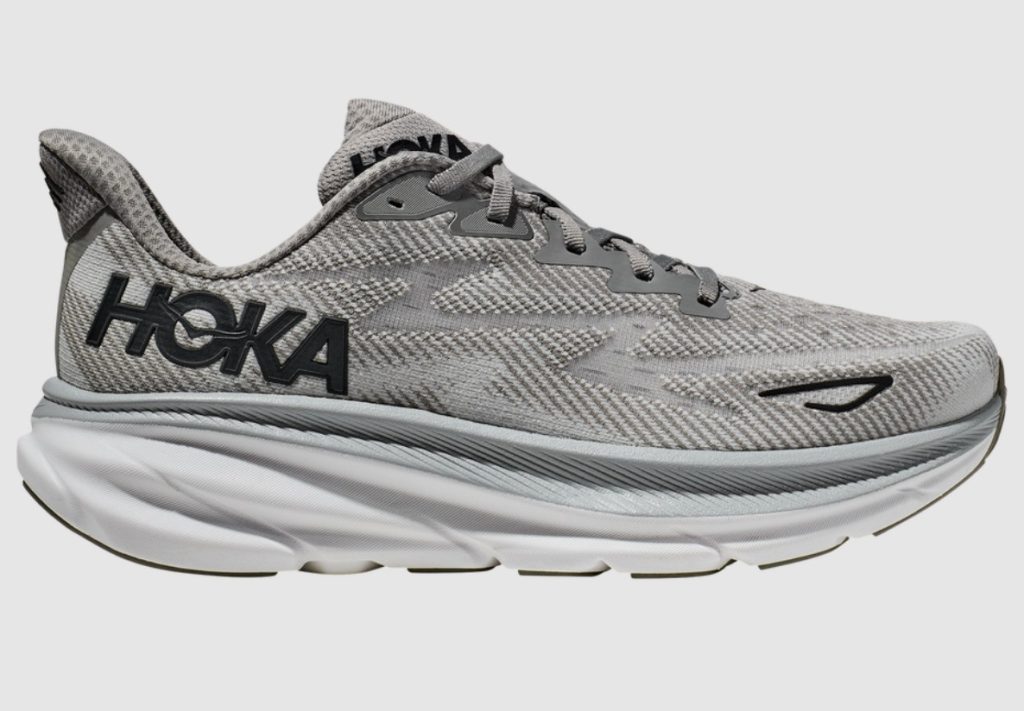
Pros:
- Maximum impact protection for underpronators
- Surprisingly lightweight for cushioning provided
- Rocker design promotes efficient transitions
- Accommodating fit for various foot shapes
- Excellent for recovery days and high mileage
Cons:
- Less responsive than some competitors
- Limited ground feel due to stack height
- Some runners may find the cushioning too soft
The Clifton 10 provides underpronators with a plush, protective ride that doesn’t add unnecessary weight or stability features, allowing the foot to function naturally while absorbing impact effectively.
5. Saucony Endorphin Speed 4 – Best for Tempo Running
The Saucony Endorphin Speed 4 offers the perfect blend of cushioning and responsiveness for underpronators who want to pick up the pace.
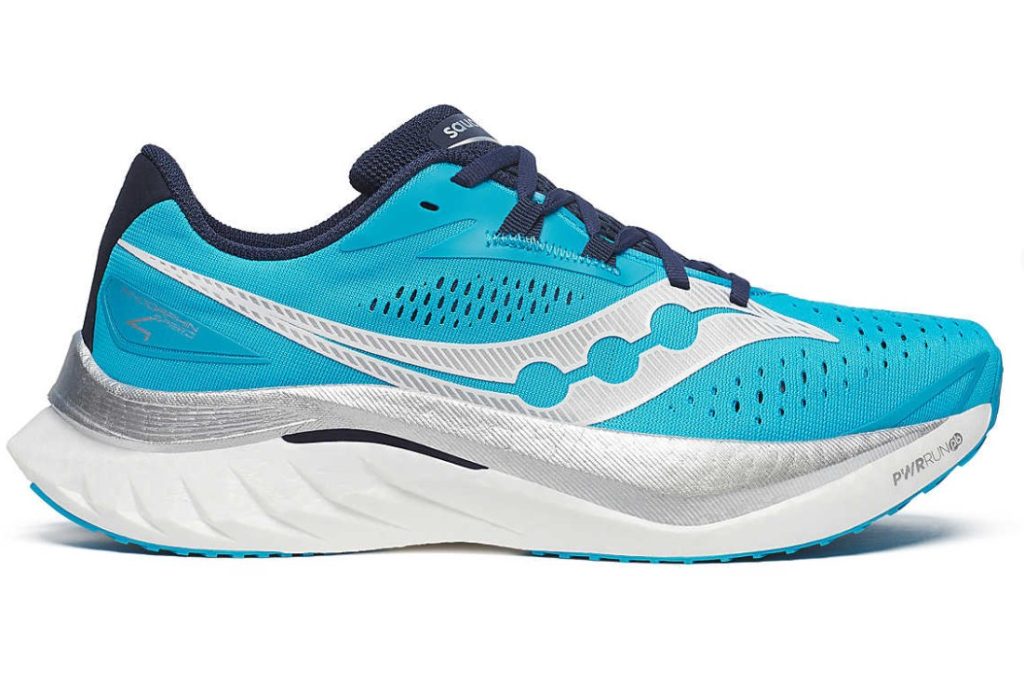
Key Specifications:
- Weight: 8.4 oz (237g) for men’s, 7.2 oz for women’s
- Stack Height: 36.2mm heel / 27.5mm forefoot
- Heel-to-Toe Drop: 8.7mm
- Midsole: PWRRUN PB foam with nylon plate
- Upper: Engineered mesh with minimal structure
Key Features:
- PWRRUN PB foam provides lightweight cushioning
- Winged nylon plate adds propulsion without rigidity
- Neutral platform allows natural foot motion
- SPEEDROLL technology promotes smooth transitions
- Lightweight upper enhances breathability
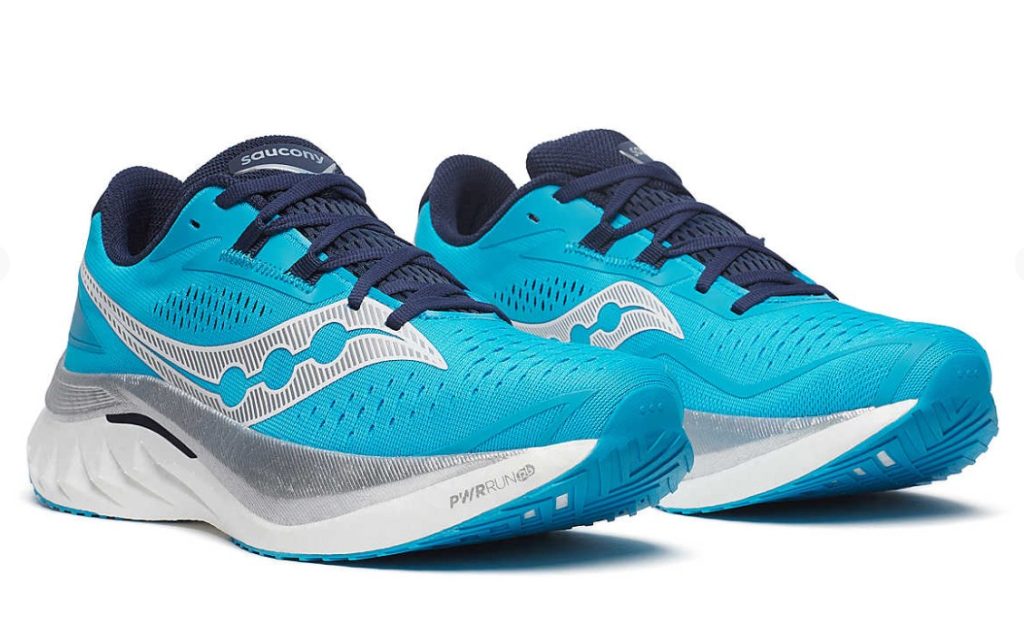
Pros:
- Excellent balance of cushioning and responsiveness
- Nylon plate provides propulsion without excessive stiffness
- Versatile enough for training and faster running
- Lightweight construction enhances performance
- More stable platform than previous versions
Cons:
- Slightly heavier than the predecessor
- Some runners may find it firm for daily training
- Higher price point than standard training shoes
The Endorphin Speed 4 excels for underpronators seeking performance without sacrificing cushioning, offering a responsive ride that works with the foot’s natural mechanics rather than trying to control them.
How to Identify if You’re an Underpronator
Not sure if you’re an underpronator? Here are simple ways to identify your foot type:
- Check Your Current Shoes: Examine the wear pattern on your running shoes. Underpronators typically show excessive wear on the outer edge of the heel and forefoot.
- Wet Test: Wet your foot and step on a piece of paper or cardboard. Underpronators will show a high arch with a thin connection (or no connection) between the heel and forefoot impressions.
- Observe Your Ankles: Stand in front of a mirror and rise onto your toes. If your ankles roll outward, you likely underpronate.
- Professional Gait Analysis: For a definitive assessment, visit a specialty running store that offers gait analysis or consult a podiatrist.
Caring for Your Shoes as an Underpronator
To maximize the lifespan and performance of your running shoes as an underpronator:
- Replace shoes every 300-500 miles, as worn cushioning can exacerbate supination issues.
- Alternate between multiple pairs to allow cushioning to fully recover between runs.
- Consider using aftermarket insoles designed for high arches to enhance cushioning.
- Store shoes in a cool, dry place away from direct sunlight to preserve midsole integrity.
FAQs About Underpronation and Running Shoes
Can the right shoes completely fix underpronation?
No, shoes alone cannot completely “fix” underpronation, which is largely determined by your foot structure and biomechanics. However, proper footwear can significantly reduce the associated risks and discomfort by providing adequate cushioning and support.
Are expensive shoes always better for underpronation?
Not necessarily. While premium shoes often feature advanced cushioning technologies beneficial for underpronators, mid-range options can also provide excellent support. Focus on the specific features that address supination rather than price alone.
How often should underpronators replace their running shoes?
Underpronators typically create more concentrated wear patterns, potentially shortening shoe lifespan. I recommend replacing shoes every 300-400 miles, rather than the standard 400-500 miles, and monitoring outsole wear on the lateral edge.
Can underpronators wear stability shoes?
Generally, stability shoes are not recommended for underpronators as they’re designed to prevent excessive inward rolling (overpronation). These shoes may actually worsen supination by further limiting inward roll. Neutral shoes with good cushioning are typically better choices.
Should underpronators use custom orthotics?
Some underpronators benefit from custom orthotics or over-the-counter insoles designed for high arches. These can provide additional cushioning and support, but consult with a podiatrist for personalized recommendations.
Can strengthening exercises help with underpronation?
Yes, certain exercises can help address underpronation by improving foot flexibility and strength. Focus on calf stretches, ankle mobility exercises, and foot strengthening activities to complement your footwear choices.
Conclusion
Finding the best shoes for underpronation is crucial for comfort, performance, and injury prevention. The models highlighted in this guide—particularly the ASICS Gel Nimbus 27, ASICS Novablast 5, New Balance Fresh Foam 1080v14, Hoka Clifton 10, and Saucony Endorphin Speed 4—all provide the essential combination of cushioning, flexibility, and support that underpronators need.
Remember that individual preferences and needs vary, so what works for one underpronator may not be ideal for another. Consider factors like your running distance, pace, terrain, and personal comfort when making your selection.
For personalized recommendations based on your specific foot structure and running goals, feel free to contact me directly through WhatsApp. I’m always happy to provide tailored advice to help you find your perfect running shoes.

Have you tried any of these models? What has worked best for your underpronation? Share your experiences in the comments below!



